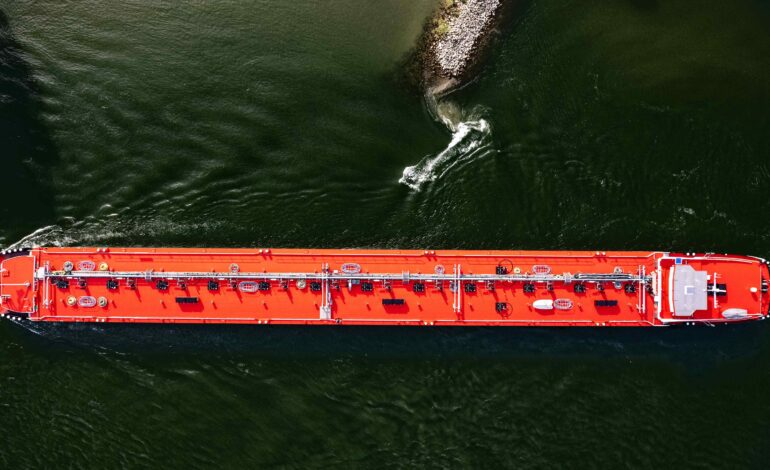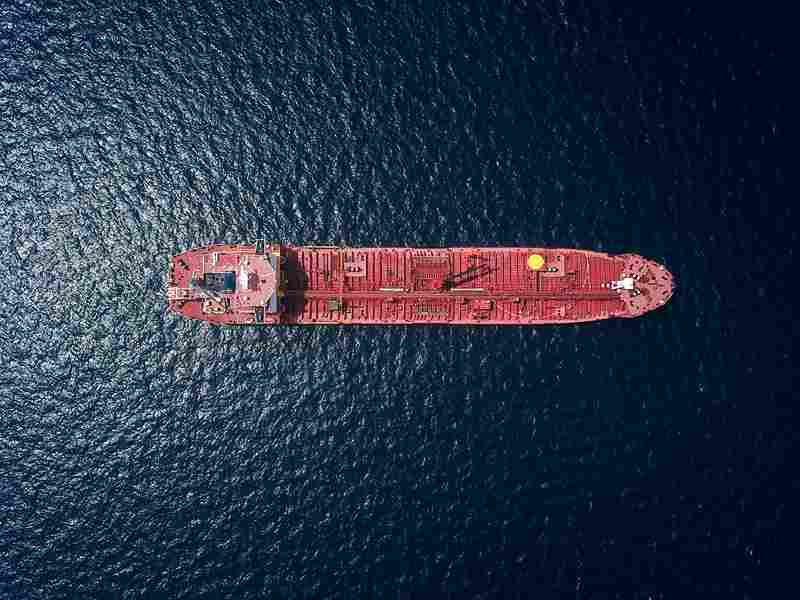
Technological Disruptions in Bunker Fuel Monitoring Systems
In the dynamic world of maritime transport, the evolution of bunker fuel monitoring systems represents a crucial advancement towards enhanced efficiency, regulatory compliance, and environmental stewardship. This article explores the technological disruptions in bunker fuel monitoring systems, examining their impact on the shipping industry, key innovations driving change, and the future outlook for these transformative technologies.
Evolution of Bunker Fuel Monitoring Systems
Bunker fuel monitoring systems have traditionally focused on measuring fuel consumption, ensuring compliance with regulatory standards, and optimizing operational efficiency. The shift towards more advanced technologies has introduced disruptive innovations that revolutionize how fuel data is collected, analyzed, and utilized on board vessels and in shore-based operations.
Key Technological Innovations
- Advanced Sensors and IoT Integration:
- Real-time Monitoring: Integration of advanced sensors and Internet of Things (IoT) technology enables real-time monitoring of fuel consumption, engine performance, and emissions.
- Data Accuracy: Enhanced accuracy in fuel measurement and reporting, minimizing errors and ensuring compliance with regulatory requirements such as MARPOL Annex VI.
- Data Analytics and AI/ML Applications:
- Predictive Maintenance: Utilizing AI and machine learning algorithms to analyze data patterns and predict potential equipment failures, optimizing maintenance schedules and reducing downtime.
- Optimized Operations: AI-driven insights help optimize voyage planning, route selection, and fuel efficiency strategies based on weather conditions, sea currents, and historical performance data.
- Blockchain and Digital Twins:
- Transparency and Traceability: Blockchain technology enhances transparency in fuel transactions, ensuring the authenticity and integrity of fuel quality and quantity measurements.
- Digital Twins: Creating digital replicas of vessels and their systems allows for virtual simulations and predictive modeling to optimize fuel consumption and operational efficiency.
Impact on the Shipping Industry
- Operational Efficiency and Cost Savings:
- Fuel Optimization: Real-time monitoring and analytics enable shipping companies to identify inefficiencies, adjust operational parameters, and reduce fuel consumption.
- Maintenance Cost Reduction: Predictive maintenance capabilities minimize unplanned downtime and maintenance costs, extending the lifespan of equipment and engines.
- Regulatory Compliance and Environmental Sustainability:
- Emission Reductions: Accurate monitoring and reporting of fuel consumption and emissions facilitate compliance with stringent environmental regulations, such as IMO 2020 sulfur limits.
- Carbon Footprint Reduction: Optimized operations and fuel efficiency strategies contribute to reducing the carbon footprint of maritime transport, aligning with global sustainability goals.
- Safety and Risk Mitigation:
- Early Detection of Issues: AI-driven analytics and predictive maintenance systems enable early detection of equipment malfunctions or anomalies, enhancing overall vessel safety.
- Fuel Quality Assurance: Blockchain-enabled transparency ensures the authenticity and quality of bunker fuel, mitigating the risk of fuel contamination and operational disruptions.
Challenges and Considerations
- Integration Complexity:
- Legacy Systems: Retrofitting existing vessels with advanced monitoring technologies may pose integration challenges and require substantial investments in training and infrastructure.
- Cybersecurity: Protecting sensitive data and IoT-enabled systems from cyber threats is crucial to maintaining operational integrity and regulatory compliance.
- Industry Collaboration and Standards:
- Interoperability: Establishing industry-wide standards and protocols for data exchange and interoperability between different monitoring systems and stakeholders.
- Regulatory Alignment: Ensuring that technological advancements align with evolving regulatory frameworks and reporting requirements across global jurisdictions.
Future Outlook
- Continued Innovation:
- Emerging Technologies: Continued advancements in AI, IoT, blockchain, and digital twins will drive further innovation in bunker fuel monitoring systems, enhancing their capabilities and functionalities.
- Autonomous Shipping: Integration of autonomous technologies and remote monitoring systems will transform vessel operations, optimizing efficiency and reducing human error.
- Sustainability and Green Shipping Initiatives:
- Alternative Fuels: Monitoring systems will play a pivotal role in supporting the adoption and integration of alternative fuels such as LNG, hydrogen, and ammonia in maritime transport.
- Circular Economy: Facilitating the transition towards a circular economy by optimizing resource utilization and minimizing waste generation in bunker fuel operations.
Conclusion
Technological disruptions in bunker fuel monitoring systems are reshaping the maritime industry, offering unprecedented opportunities for efficiency gains, regulatory compliance, and sustainability. As shipping companies embrace these innovations, they will not only enhance operational performance but also contribute to reducing environmental impact and advancing towards a cleaner, more sustainable future. With ongoing investment in research, development, and collaboration, the trajectory of bunker fuel monitoring systems promises to drive continued transformation and resilience in the global shipping sector.





